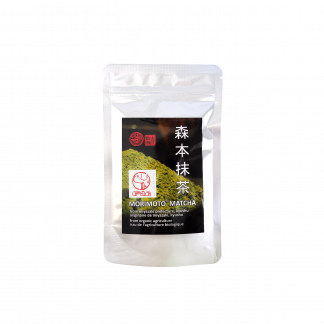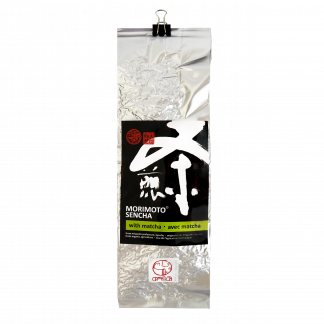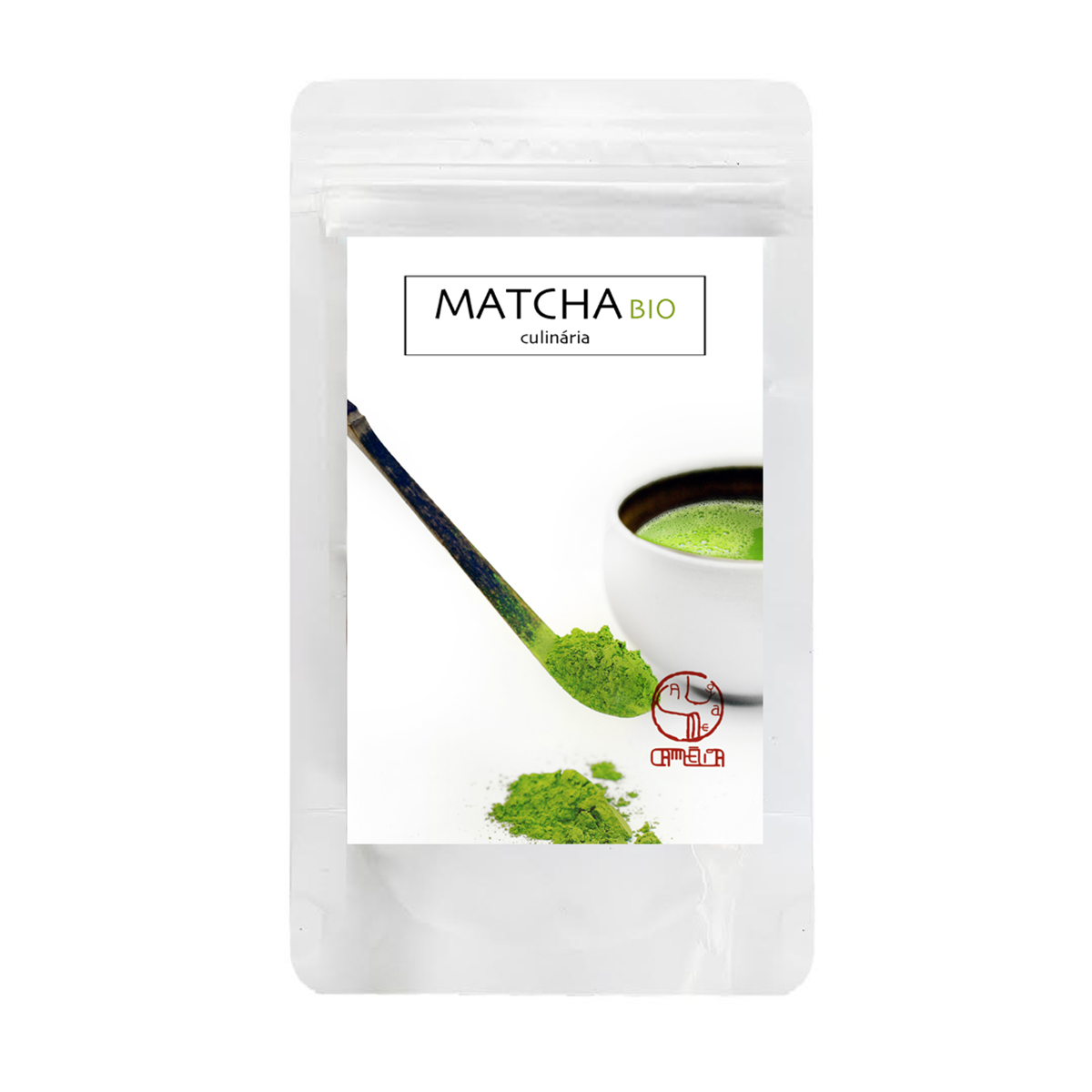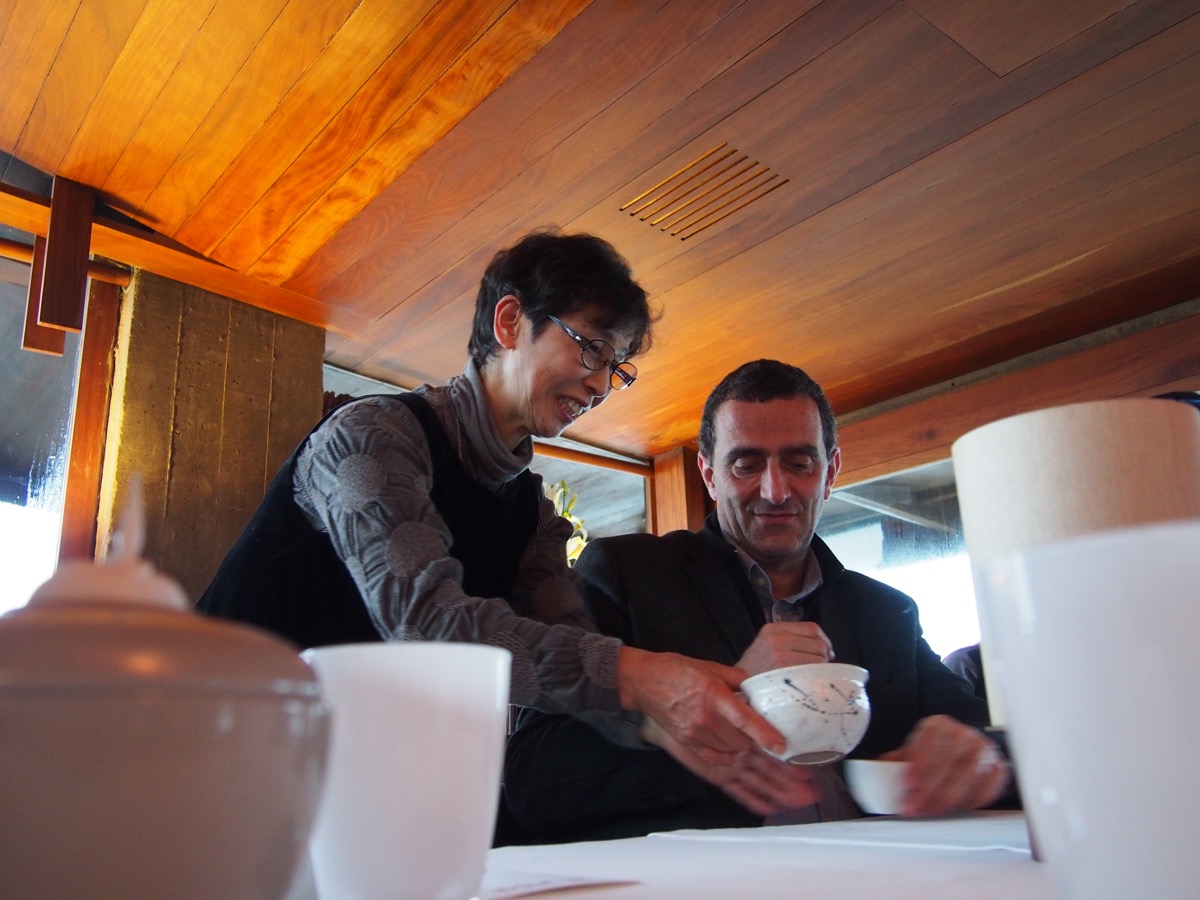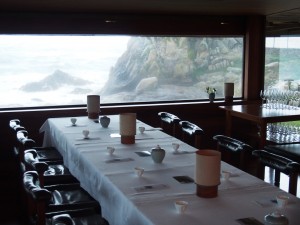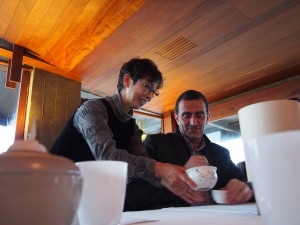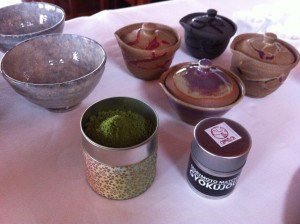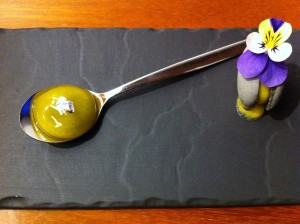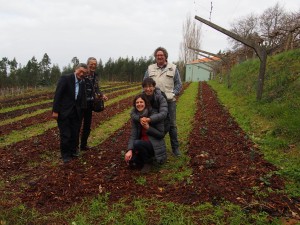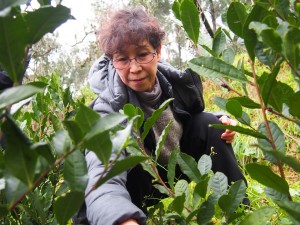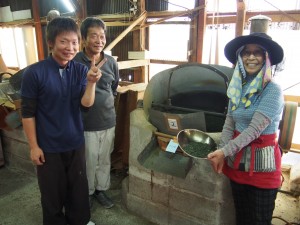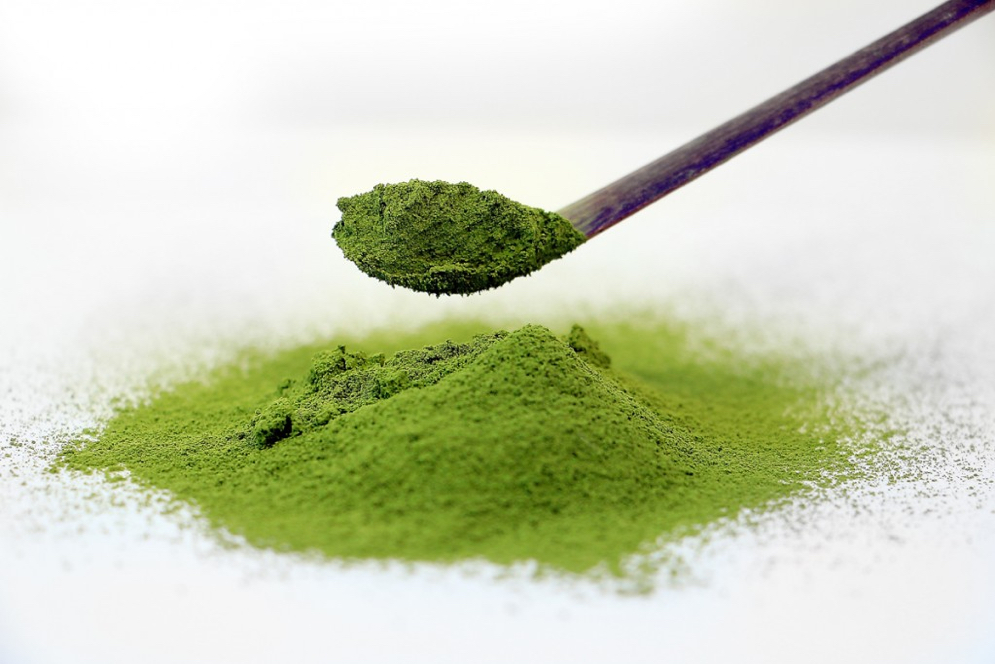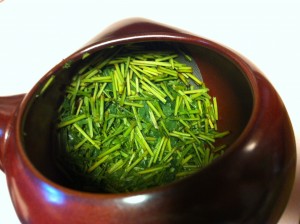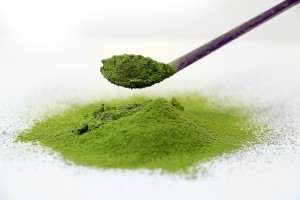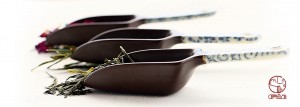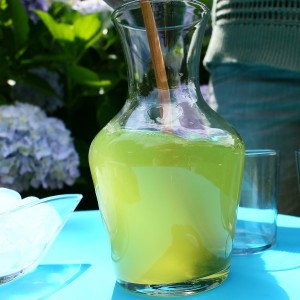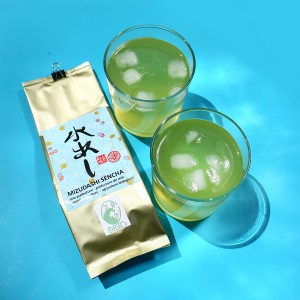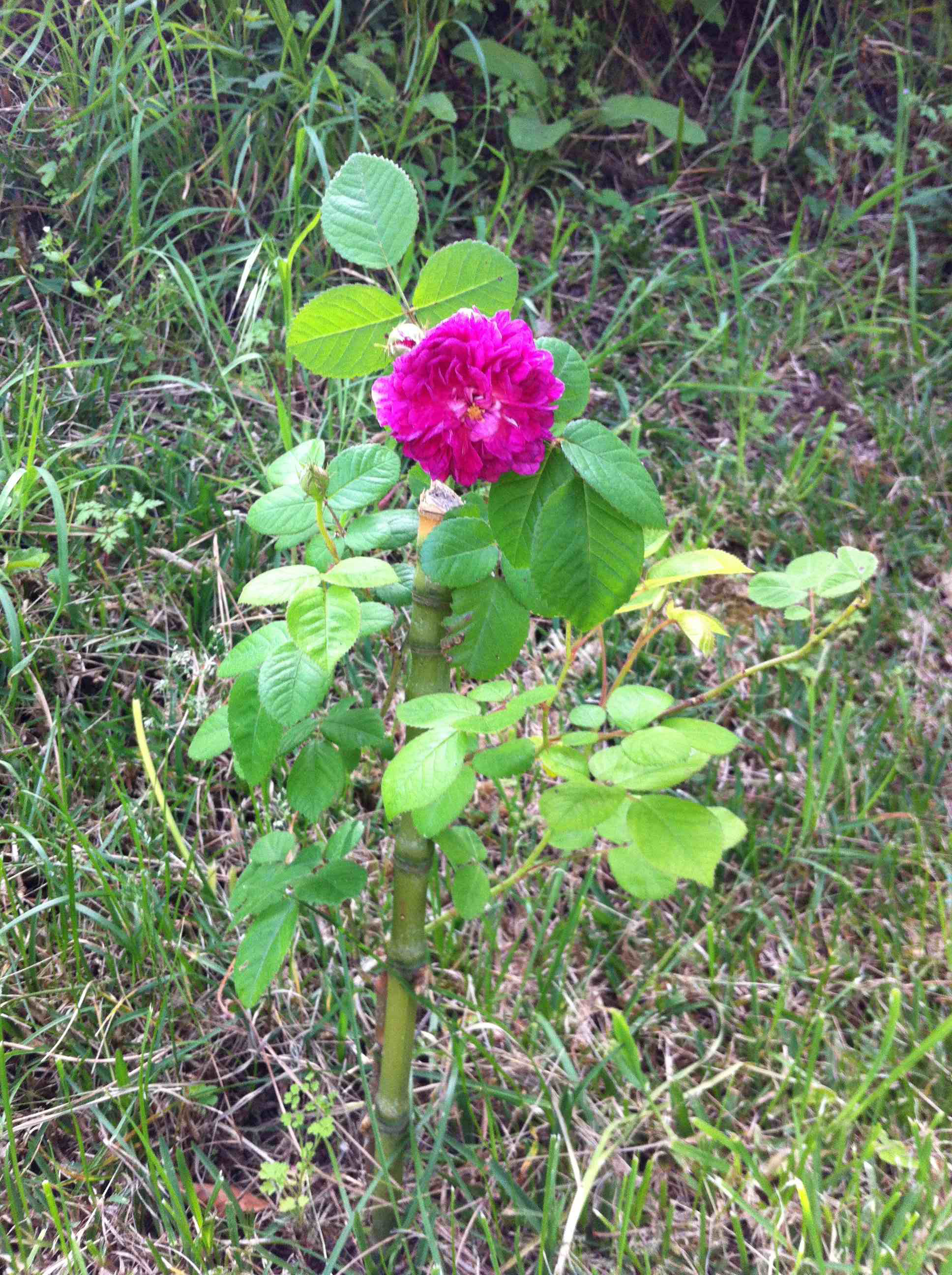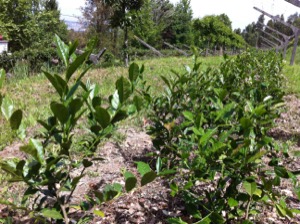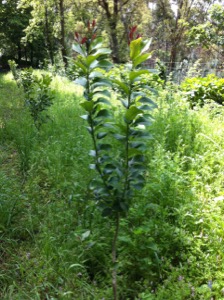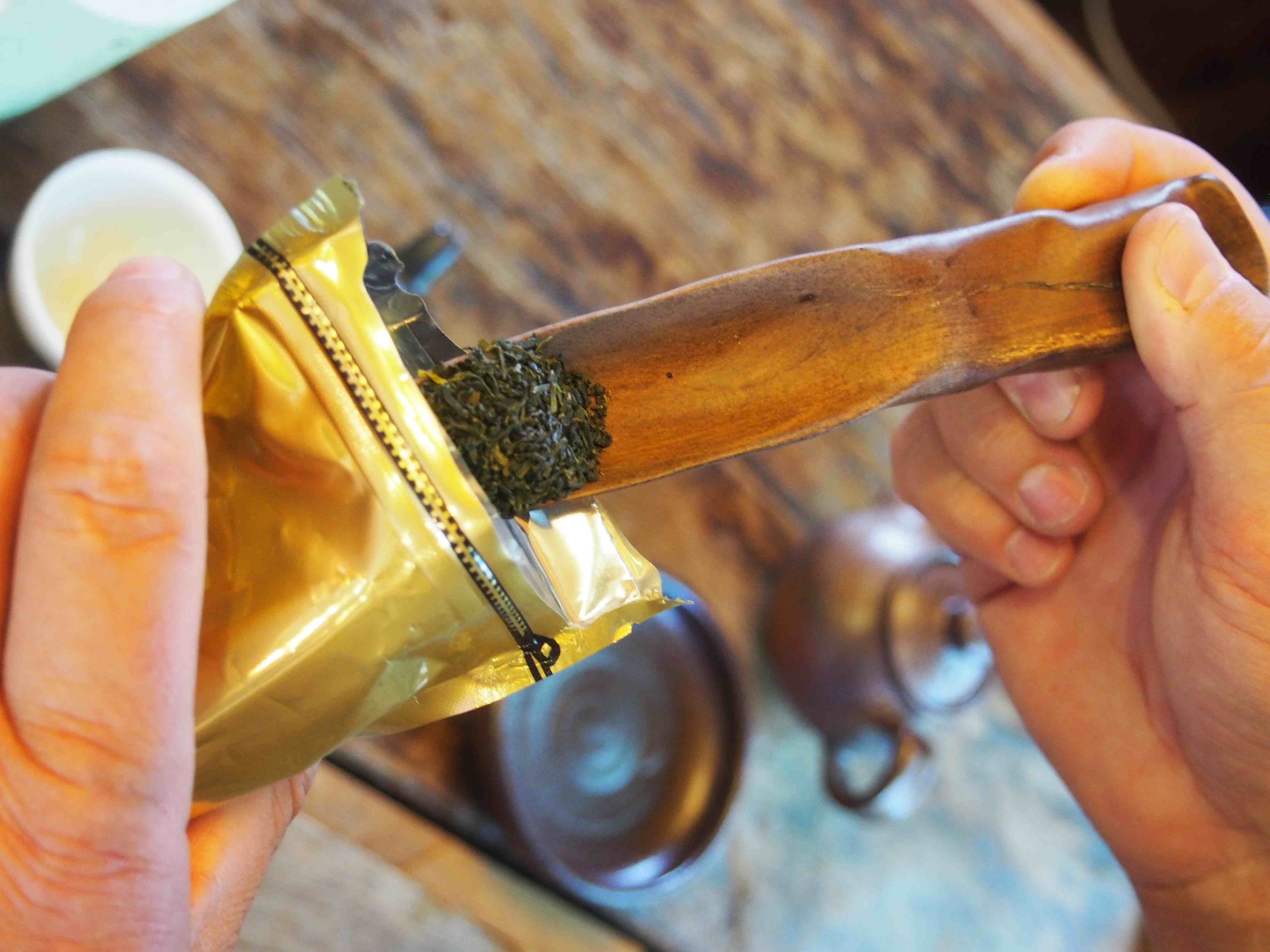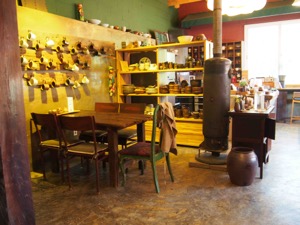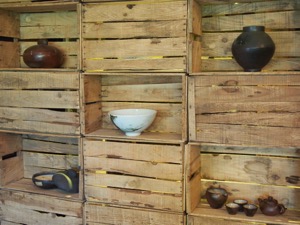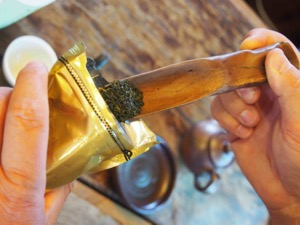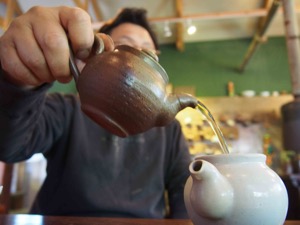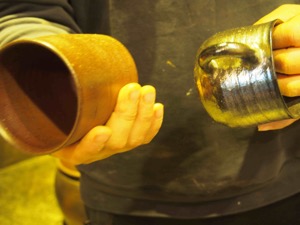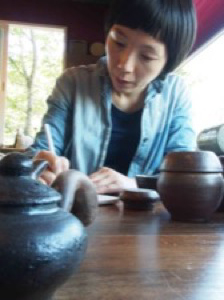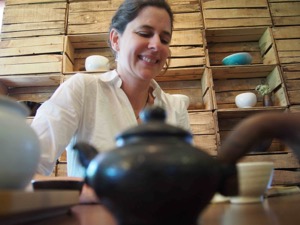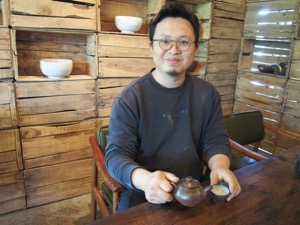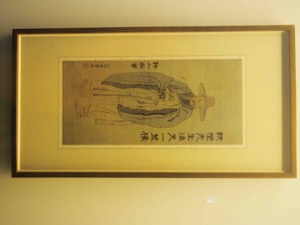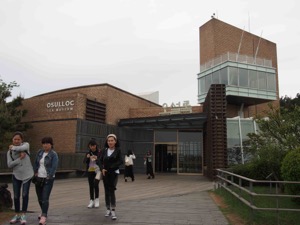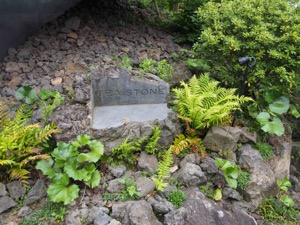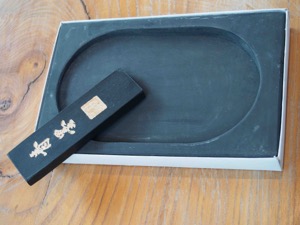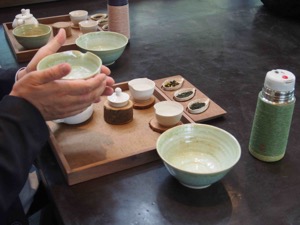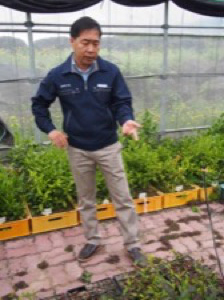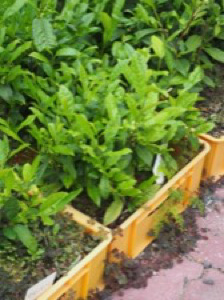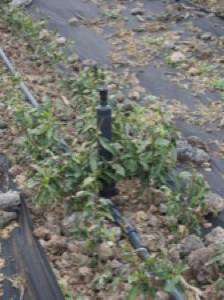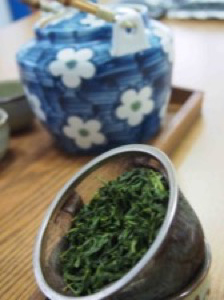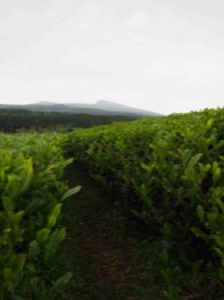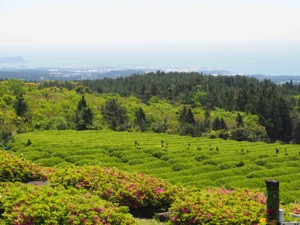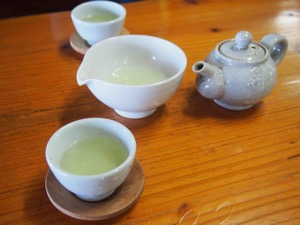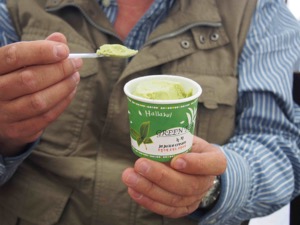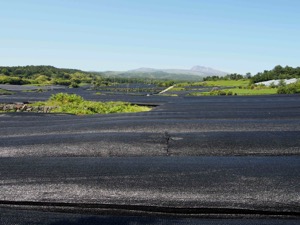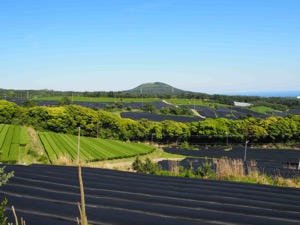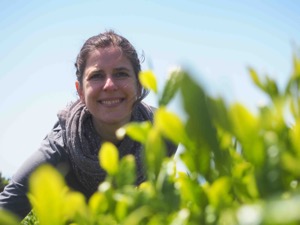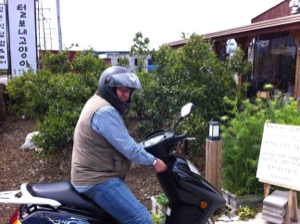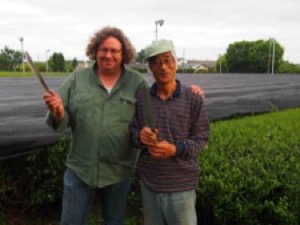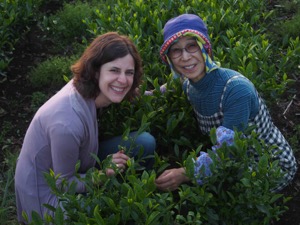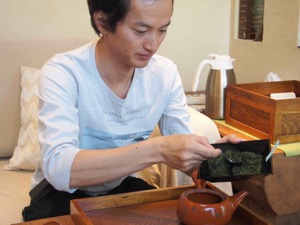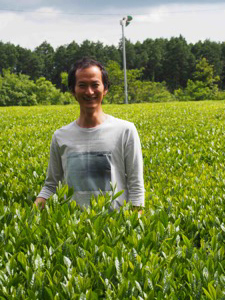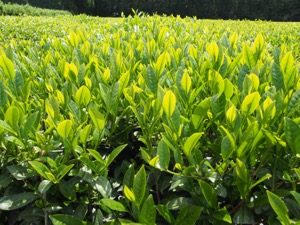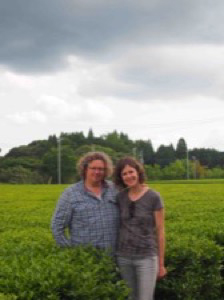
Mariage Frères
Who enters the main shop with museum of Mariage Frères, rue du Bourg-Tibourg, should be prepared to travel back in time… since over 160 years this teahouse stands for a wide variety of teas selected all over the world. An old map on the wall of the small wooden staircase shows where from Mariage Frères brings tea to France. Upstairs in the dusty museum with the even older looking tea samples makes you feel going back in time at least some decades.


Back downstairs you find yourself in front of the wooden shelves with the black iconic tins, which show long tradition. There is a very big selection of pure teas and you see almost nothing of our days fashioned flavoured tea blends. We decide for the following teas:
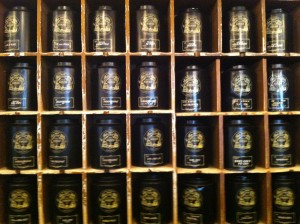

– Darjeeling 1st Flush Ambootia 2015, flowery complex nose as we like Darjeelings, no bitterness and just a very delicate black tea flavour with a very long sweet and flowery aftertaste.
– Tamaryokucha which for Japanese tea is intense, but still very well balanced. The second brewing shows even better than the first, which is uncommon for Japanese teas.
– Jade Himalaya from Nepal, which has curly leaves with a lot of silver tips, a vey delicate black tea remembering of Darjeeling, but still having its own character. Some say, that Nepal is becoming the new Darjeeling, and this tea shows some of the potential.
Les Palais des Thés
Next we go to Le Palais des Thés, Rue vieille-du-temple 64, the other institution in Paris. Le Palais des Thés started out when François-Xavier Delmas, at the head of a group of forty-five tea enthusiasts, decided to create their own business in 1986 with the goal to democratize tea and help the Occident to learn more about its cultural and gastronomical aspects. In 1990 François-Xavier Delmas acquired his partners’ shares in order to work full-time on its project.
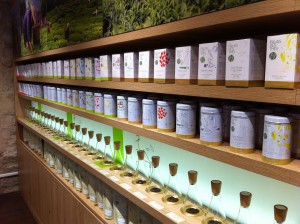
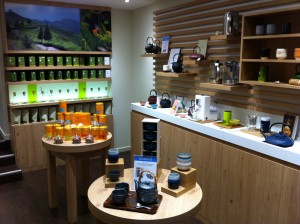
Entering the shop is like calming down, leaving the hectic of the city outside. The wooden shelves and the wooden floor make you feel comfortable. In the first showroom you find colourful tins with the flavoured blends, than passing through a small room with some nice tea ceramics you enter the main room, where you find exclusively pure teas. Over 300 references are stored in the big green tea tins, which make it difficult to select. We are surprised to find several Shinchas 2015 (first Japanese tea of the year) and so we start comparing the different Shinchas from different regions and different tea bush varieties. Finally we decide for:
Kirishima Shincha Ichiban 2015: Very nice dark green needle shape tea leaves with the fresh nose just shown by Japanese steamed teas. The brewing is delicate as it is typical for the Shinchas and shows light green in the cup.
Jukro Vert from Corea: Not steamed Korean tea with a wonderful green deep flavour, delicate and at the same time intense. Korean teas in general are starting to show more and more personality.
Wen Shan Bao Zhong Premium from Taiwan: Oolong in whole curly leaves, extremely nicely worked. A very good example of an Oolong not being green nor black tea, but a category of its own.
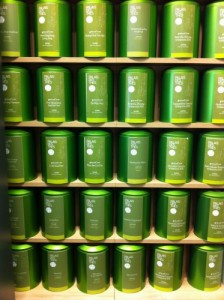

Neo.T
The next teashop to go is the relatively new Neo.T close to the Sacre Coeur. The former journalist Valerie Stalport opened it 8 years ago to start a new life. We already now Valerie who is a big green tea lover and has also a deep fascination for Japanese teas. She welcomes us with the tea I was looking for the whole day: A very delicate and fruity Premium Mao Feng with small curled leaves. She makes one brewing after the other and surprisingly the tea does not get week.
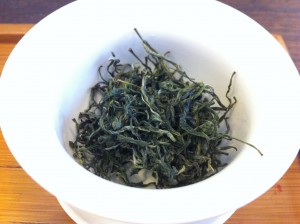
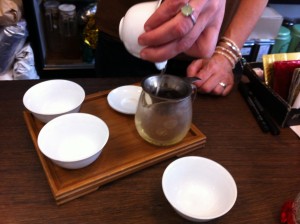
Valerie’s focus is definitely green tea, but she is also getting more and more interested in the complex category of fermented Pu Erh teas. She also shares a big interest in tea ceramics and recently started to cooperate with a French ceramist, who is also doing Raku (Japanese pottery burned in open fire designated for the tea ceremony).

Finally we decide to take the following teas:
– Jing Shan Premium Mao Feng from China: very delicate hand picked small leaves, which are curled. Fruity nose and flavour with delicate, not a little bit bitter, green tea notes, which stay and stay in the mouth.
– Pu Erh ancient 1970 from China: as we just bought a 5g package for one use, we didn’t taste it yet… we have to wait for a special occasion to celebrate this special tea with time to make several brewings.
– Tie Guan Yin from China: Rolled, very green rolled whole leaves, fresh green smell, flowery slightly sweet flavours. A really good Tie Guan Yin quality for every day.

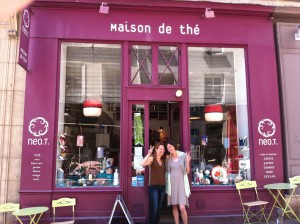
Maison des trois Thés
Last but not least we arrive at the famous Maison des trois Thés, a teahouse founded in the mid 1980s by Madame Tseng. Here you can prepare and drink a proper tea in a very Asian ambience. On every table you find a big dark teapot with boiling water on a stove. Then you get a tea menu, which is almost a book. Over 1.000 teas are stored in the cellar of Maison des trois Thés, mainly Oolongs and Pu Erhs, which are the most appropriate qualities for aging.
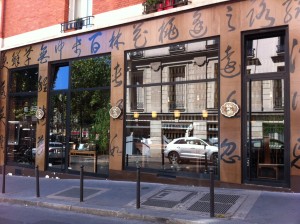
We chose Ali Shan Mountain Oolong, which comes in the typical little orange clay teapots and is prepared with hot water you have to pour until it overflows. After a minute you pour it in another porcelain teapot to cool the tea down before serving in small cups. The nose is very elegant, flowery with some deeper notes of wood and fruits. We do five brewings, one better than the other.
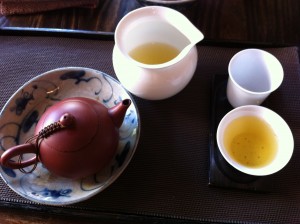
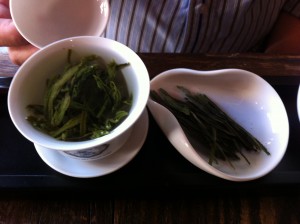
The other tea of our choice is a fresh green Chinese 2015 Taiping Hou Kui. We have never seen leaves like that… each leave, after firing, is hand-rolled lengthwise and placed on a cloth. Than they are pressed with a small roller, leaving them flattened and larger. It is prepared by first pouring a bit cold water in the gaiwan (white porcelain cup with lid), than filling it up with hot water. For our taste the first brewing is a bit smokey, but from brewing to brewing it is getting finer and finer.
Choosing tea at this teahouse is like going into a treasure chamber… not easy to choose:
– Ba Ling Fu Yan, biodynamic Taiwanese Oolong: Whole open leaves, showing brown to green at the same leave. Fine cinnamon and earthy nose, very delicate tannins and a sweet long aftertaste.
– An Ji Bai Cha 2015 from China: flat needle shape leaves, light shining green. Hand picked tea of the very small buds, not steamed… but the nose is extremely fresh and green, remembering of steamed fresh tealeaves. On the palate it is extremely light and green, having a delicate touch of sweetness remembering of the very best white teas.
– Pu Erh 1984 from China: loose leave Pu Erh aged to elegant earthy perfection.

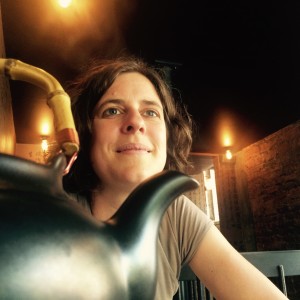
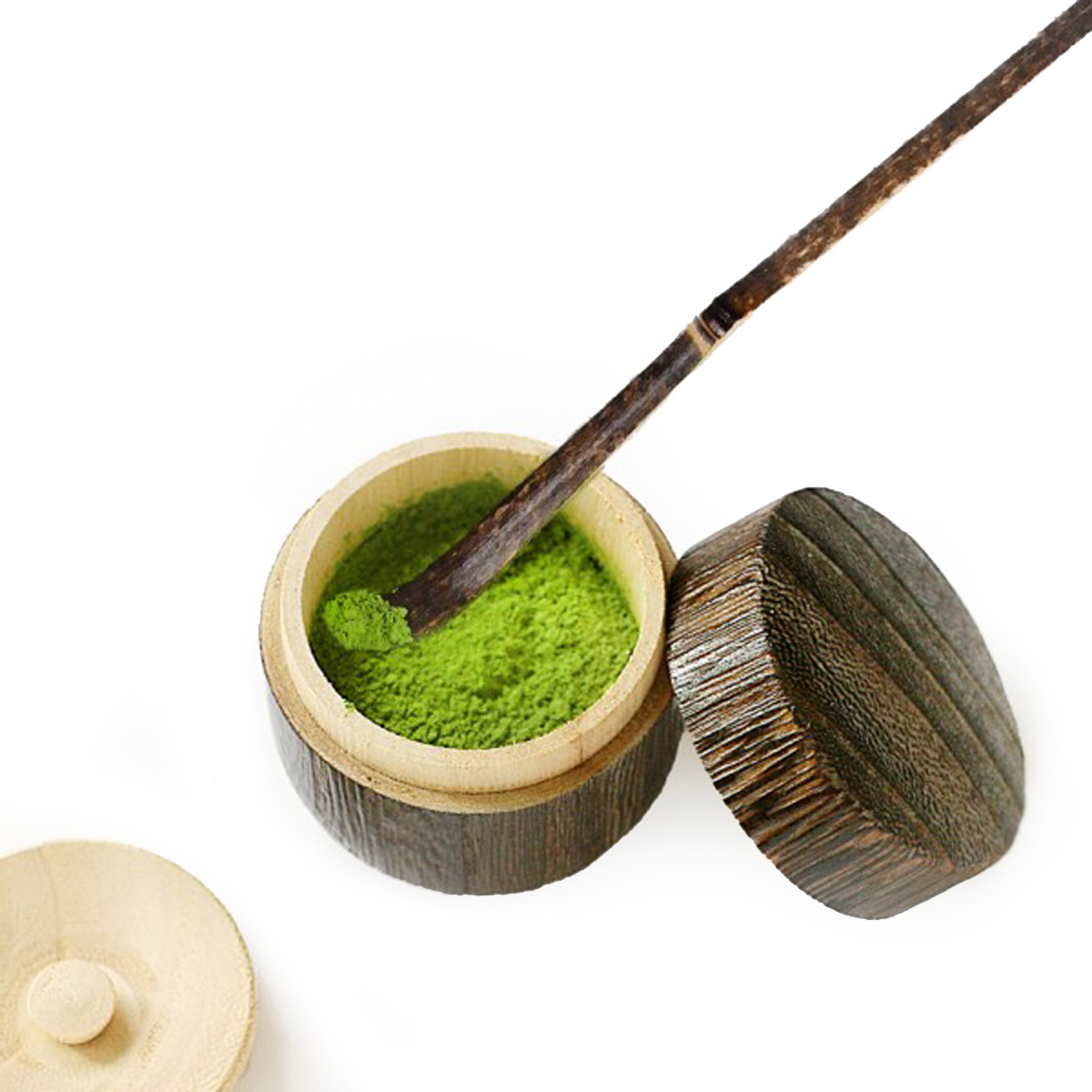
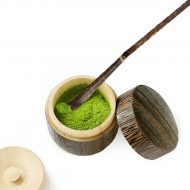





 Português
Português English
English Español
Español